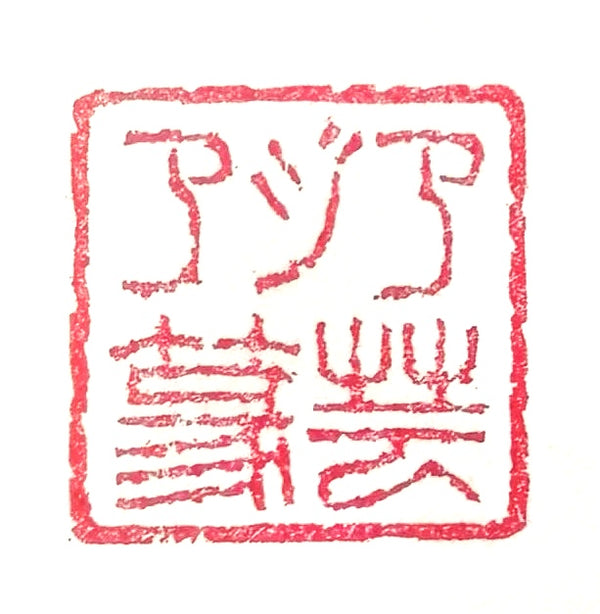The origin and development of seal carving stone materials: The history of seal materials that support calligraphy and art
Share
Introduction
"Seal carving" is a traditional seal carving technique that has been passed down from ancient China, and is considered an important part of Eastern art alongside "calligraphy." Essential to seal carving is "seal carving stone," or the stone used to carve the seal.
This article will provide an easy-to-understand explanation of the origins of seal carving stone and how it has developed over the years. It will also be useful for those who want to start seal carving or who are interested in calligraphy.
The beginnings of seal carving and stonework
The history of seal carving is very old, dating back more than 3,000 years to the Shang Dynasty in ancient China. At the time, people still inscribed characters on bronze objects and animal bones, but the concept of "seals" gradually emerged, and seals began to be used by royalty and government officials to demonstrate their authority.
At that time, seals were not made from stone but from bronze, wood, jade, etc. However, during the Han dynasty, stone began to be used as a "seal material," and materials that were easier to carve and more beautiful began to be chosen.
The development of seal carving stone and its popular materials
As time passed, the stone materials used for seal carving became more diverse, and the following three stone materials are particularly famous.
1. Shoushan Stone
This is a very popular stone produced in Fujian Province, and is loved by many seal carvers for its rich and beautiful colors and ease of carving.
2. Seidenseki (Blue Field Stone)
Qingtian stone, mined in Qingtian County, Zhejiang Province, has a smooth and dense texture that makes it suitable for fine carving. It is an easy-to-use seal material even for beginners.
3. Changhua Stone
Changhua stone, with its beautiful red and brown patterns, is highly artistic and popular as an ornamental stone. It is one of the stones that represent Chinese seal carving culture.
The relationship between calligraphy and seal carving stone materials
Calligraphy and seal carving are inextricably linked. Seal carvings are often displayed alongside calligraphy pieces, and are used as signatures or seals to enhance the quality of the calligraphy pieces.
By applying delicate carving to beautiful seal materials, depth and richness are born in the world of calligraphy. For calligraphers, the selection of seal materials is part of their expression and an extension of their art.
Development of stone seal carving materials and modern trends
Even today, seal carving and calligraphy continue to be loved by many artists. Seal carving culture is deeply rooted not only in China but also in East Asia, including Japan, Taiwan, and Korea, and is highly acclaimed at calligraphy and seal exhibitions.
It is also spreading overseas through the internet, with online stores such as Shopify actively selling seal carving stone materials and seal works. Modern seal carvers continue to carry on tradition while also challenging themselves with new techniques and materials.
The future of seal carving stone
Sustainable stone mining and the introduction of new design techniques will be key to the future development of seal carving stone.Seal carving is also attracting attention in the educational field, where it is being used in art education and cultural exchange.
There is also an increasing number of online seal carving courses and video materials, making it easy for even beginners to get acquainted with the world of seal carving.
summary
Stone materials for seal carving have played an important role in supporting calligraphy culture throughout history. Representative seal materials such as Shoushan stone, Qingtian stone, and Changhua stone are not just materials, but can even be called art itself.
Whether you are just starting to make seals or are already familiar with the art of calligraphy, learning about the history of seal materials will help you to appreciate their depth and charm more deeply.
